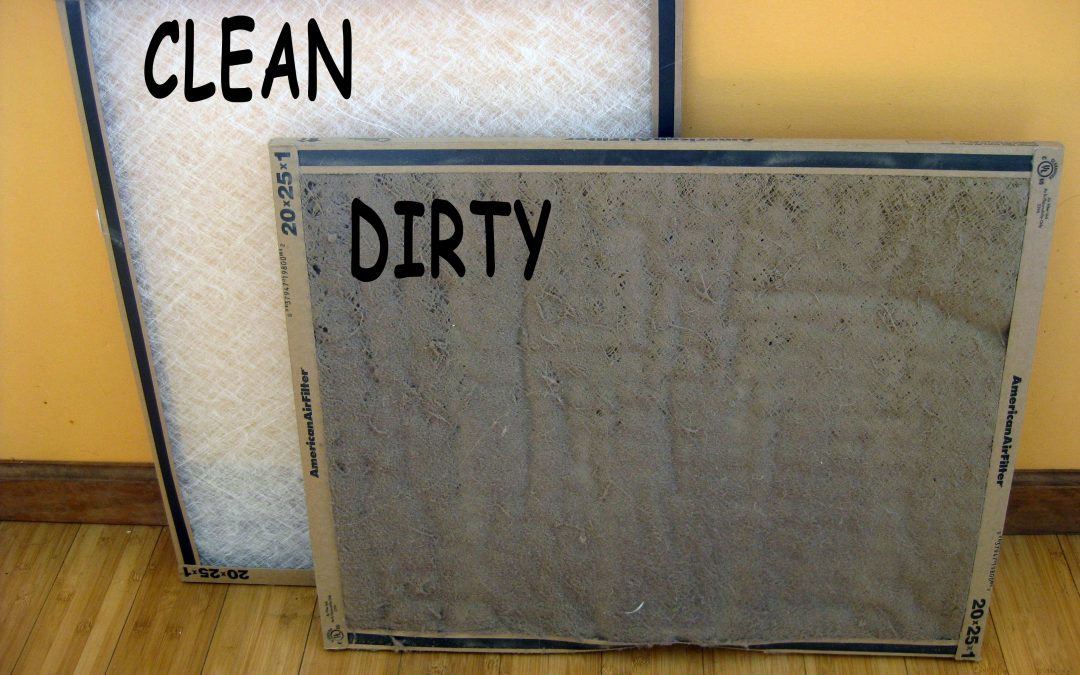It’s wintertime now and your furnace – if you have one – is probably running a lot. So this is the time to think about your furnace filter, and what that means really is: check it once a month and change it whenever it starts to look clogged up. If you have a house like mine, with two indoor/outdoor dogs, two months is the maximum we can go before the filter is so clogged that it is visibly bowed inwards when the furnace in running.
Furnace filters have one very important function, and it may not be the one you thought it was. Their main, and arguably their only, function is to keep dirt, dust, dog hair, etc.. out of your furnace. That will help your furnace run smoother and easier, which means it’ll last longer.
However the notion that changing your furnace filter will improve the energy efficiency of your furnace appears to be not much more than hot air. It remains a bit of a debatable issue, but one reputable building science consultant, Michael Blasnick, insists that he has studied the effect on utility bills of frequently changing furnace filters and found no effect whatsoever on the utility bill.
I’ve often heard people say that furnace filters are to clean the air in the house. While it does to that to some extent, that is by no means its primary purpose. Many filters today are even marketed as allergen-reducing or air cleaning – those ones that usually look like a thick pleated fabric – and they probably do the job that they’re claimed to do. The problem is that most furnaces aren’t really designed for them. A filter that is too thick will make the furnace air handler work much harder to pull the air in through the filter. If you want to use one of those, by all means do so, but understand that if the filter bows inward a lot when the furnace is running, that means that the motor that pushes the air through your ducts is working harder than it was meant to work. This could lead to its demise earlier than would have otherwise been the case.

Recent Comments